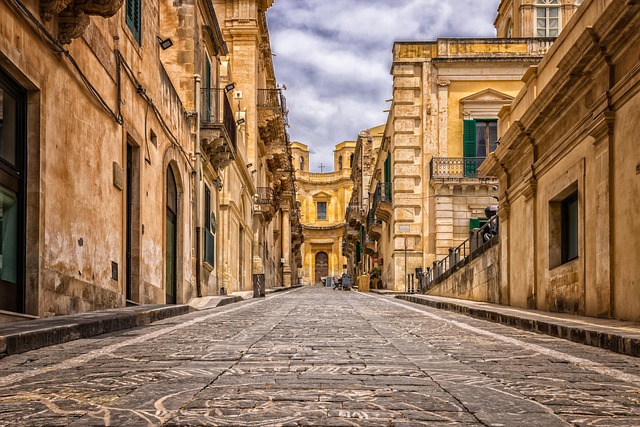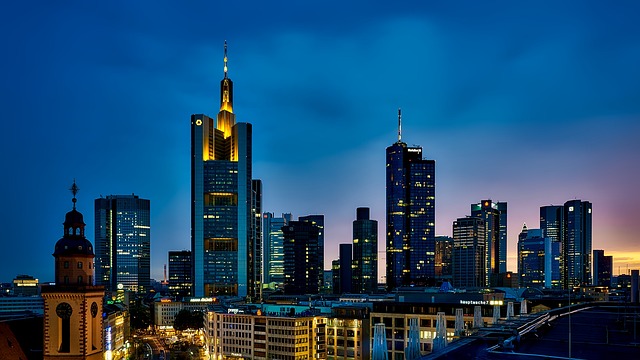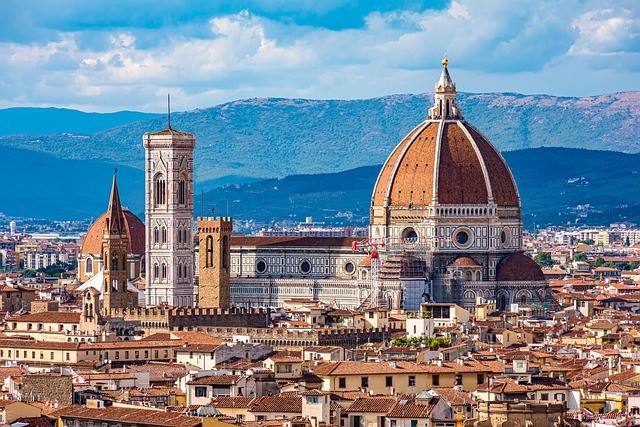In Karachi, gas availability is a complex issue shaped by diverse energy sources, infrastructure, and weather conditions. The city's economic activities demand a steady supply, requiring robust pipe networks, source diversification, and adaptable strategies to cope with rapid urbanization and fluctuating prices. Amil Colony, a gas-starved neighborhood, faces challenges impacting growth and daily life, but collaborative efforts aim to expand infrastructure and promote alternative solutions like LPG. Karachi's future gas availability hinges on sustainable strategies, including renewable energy adoption and smart grid technologies, to ensure clean energy, stability, and reduced costs for its bustling metropolis.
In Karachi, gas availability is a critical issue shaping urban life. This article delves into the complex landscape of gas distribution within Pakistan’s bustling metropolis, offering a comprehensive overview. We explore key factors influencing gas access, focusing on the Amil Colony area. From challenges faced to ongoing efforts and future prospects, we analyze strategies to ensure a sustainable gas supply for Karachi’s residents. Understanding these dynamics is vital for navigating Karachi’s evolving energy landscape.
- Understanding Gas Availability in Karachi: A Basic Overview
- Key Factors Influencing Gas Distribution in the City
- Challenges and Efforts to Improve Access in Amil Colony
- Future Prospects: Ensuring Sustainable Gas Supply for Karachi's Residents
Understanding Gas Availability in Karachi: A Basic Overview

In Karachi, gas availability has become a paramount concern for residents and businesses alike. The city’s energy landscape is complex, with various sources contributing to its overall gas supply. Natural gas, a cleaner and more efficient fuel source, plays a significant role in Karachi’s energy mix. It is primarily sourced from local fields and imported liquefied natural gas (LNG) to meet the ever-growing demand. Understanding this intricate web of gas provision is crucial for the city’s residents, especially as Karachi grapples with energy crises and fluctuating prices.
The availability of gas in Karachi is influenced by several factors. Infrastructure development, including pipelines and distribution networks, ensures a steady supply to different areas. Government policies and regulations also dictate the pricing and distribution of gas, impacting both domestic consumers and industrial users. With a bustling metropolis like Karachi, where economic activities thrive 24/7, reliable gas availability is vital for maintaining stability and fostering growth.
Key Factors Influencing Gas Distribution in the City

In Karachi, gas distribution is a complex network influenced by several key factors. One primary consideration is infrastructure—the city’s pipe network must be robust and well-maintained to ensure efficient gas supply across all areas. The density of the pipeline network directly impacts accessibility, especially in densely populated neighborhoods like Amil Colony. Regular updates and expansions are crucial to meet the growing demand, particularly with Karachi’s rapid urbanization.
Another critical aspect is source diversity. Karachi relies on various gas sources, including natural gas from domestic fields and imported liquefied petroleum gas (LPG). Ensuring a stable supply chain from these sources is essential, requiring robust logistics and distribution centers. Weather conditions also play a role, as extreme events can disrupt pipelines and storage facilities, affecting the city’s overall gas availability. Thus, resilient infrastructure and adaptable sourcing strategies are vital to maintaining consistent gas distribution in Karachi.
Challenges and Efforts to Improve Access in Amil Colony

Amil Colony, a vibrant yet underserved area in Karachi, has long grappled with limited gas availability, creating significant challenges for residents and businesses alike. The absence of reliable gas supply has hindered economic growth and daily life, as many households and enterprises rely on alternative energy sources that are often more expensive and less efficient. This issue is particularly acute during peak hours and in areas with high population density.
Efforts to improve gas access have been ongoing, with various initiatives aimed at addressing the problem. Local authorities and gas distribution companies have been working collaboratively to expand the gas network infrastructure, targeting underserved neighborhoods. These efforts include upgrading existing pipelines, installing new connection points, and promoting the adoption of piped gas through incentives and awareness campaigns. Additionally, there is a growing emphasis on alternative energy solutions like LPG (Liquefied Petroleum Gas) tanks, which offer a more accessible option for residents who cannot directly connect to the grid. Such measures hold promise for transforming Amil Colony into a more livable and economically vibrant community in Karachi.
Future Prospects: Ensuring Sustainable Gas Supply for Karachi's Residents

Looking ahead, the future of gas availability in Amil Colony and Karachi hinges on sustainable supply strategies. As the city continues to grow, ensuring a reliable and eco-friendly gas source is paramount. The focus should be on renewable energy alternatives that can meet the increasing demand while reducing environmental impact. By exploring options like solar-powered natural gas or harnessing wind resources, Karachi can move towards a greener future.
Implementing smart grid technologies and efficient distribution networks will play a crucial role in optimizing gas utilization. These measures will not only enhance the stability of the supply but also contribute to cost reduction for residents. With proper planning and investment, Karachi has the potential to become a model city for sustainable gas management, benefiting its citizens with clean energy and a healthier environment.
Karachi’s gas availability scenario is a complex web influenced by various factors. In Amil Colony, challenges have been addressed through concerted efforts to improve access, demonstrating progress towards ensuring a sustainable gas supply for all residents. As Karachi continues to grow and evolve, maintaining a stable gas distribution system will be vital for the city’s development. By addressing current issues and planning for future needs, authorities can ensure that the people of Karachi benefit from reliable gas access, fostering economic growth and improved living standards.
